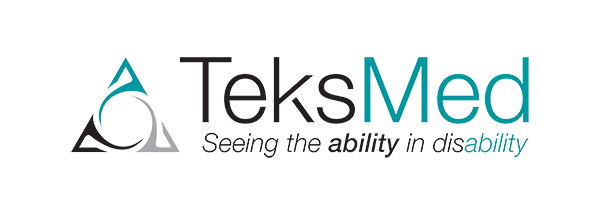5 easy steps to lowering your risk-related costs in 2017!
With a new year, comes opportunity for new goals and objectives. For most businesses, reducing costs and increasing revenue is usually on the radar.
Regardless of your industry, there is a systematic process that can be implemented as a means of identifying and mitigating costs associated with workplace injury or illness.
The cost of employee absenteeism typically exceeds the employee’s salary, contributes to a decrease in operational productivity and workplace morale. It is therefore critical for employers to remain informed and be proactive by dedicating time and effort to implementing a plan that efficiently and effectively confronts the obstacles that contribute to prolonged employee absenteeism and ultimately high costs.
The experts at TeksMed encourage all employers to go through the 5-step system below which helps mitigate costs associated with risk in the workplace:
- Get to know your WCB/WSIB experience rating systems and performance.
Knowledge is power. It is important to understand the financial implications of workplace injuries and illnesses that may arise. Therefore, it is beneficial to familiarize yourself with the way in which your province’s Workers Compensation Board calculates claim costs and premiums. Getting to know the experience rating systems will allow you to better evaluate whether or not your company’s current ‘injury-management’ or ‘return-to-work’ programs are effective in mitigating costly and timely claims.There are various reports that summarize your company’s trends, costs and annual premiums which are available online through the various respective provincial compensation boards. If you have not signed up to access and review your statements, we encourage you to do so. - Identify areas within your organization that may benefit from special attention. Depending on the size and structure of your business, this could be an easy and straightforward exercise or one which may require further data analysis. Ensuring that detailed information pertaining to workplace incidents is recorded is both a requirement and also a practice that will allow you to later review and interpret trends (note – digital data management is always preferable to binders and filing cabinets). Consider the different factors that may be contributing to high incident frequency, longer periods of lost time or more generally, higher costs. Are there one or two rate groups, locations or work sites within your business that may be affecting claim costs and lost time? Recognition and identification are the first steps to developing solutions.
- Implement processes and protocols. Once you have identified the potential risks or risk areas in your workplace, it is time to devise and implement a mitigation solution. We encourage you to devise a plan that not only addresses the issue at hand, but is also proactive in decreasing the likelihood of reoccurrence. Ensure that you communicate your findings and initiatives to members at all levels of your organization. Transparency results in company-wide buy-in which more often leads to successful outcomes.
- Review. Creating and implementing programs for process improvement is only half the battle. Following implementation and/or improvement, it is important to review and finesse the approach. Consider comparing relevant historical data to determine the effectiveness of any improvements that may have been made. For example, if you have refined your workplace injury management procedures to include sedentary office work as a temporary accommodation available for workers who typically work off-site, perhaps there will be a notable difference in the amount of cumulative lost time accrued during a period prior to and following this initiative.Your approach should be both measurable and quantifiable. This is the key to consistent improvement.
- Repeat.
Create a systematic approach and commitment to improving your workplace and most importantly the welfare of your employees. Continue to monitor your progress and adapt accordingly to changes in your industry and provincial regulations.
Make 2016 count! Should you require the expertise of TeksMed, our roster of over 80 specialists in healthcare, business, claims and disability management are available to support and provide insight into best practices and solutions.



